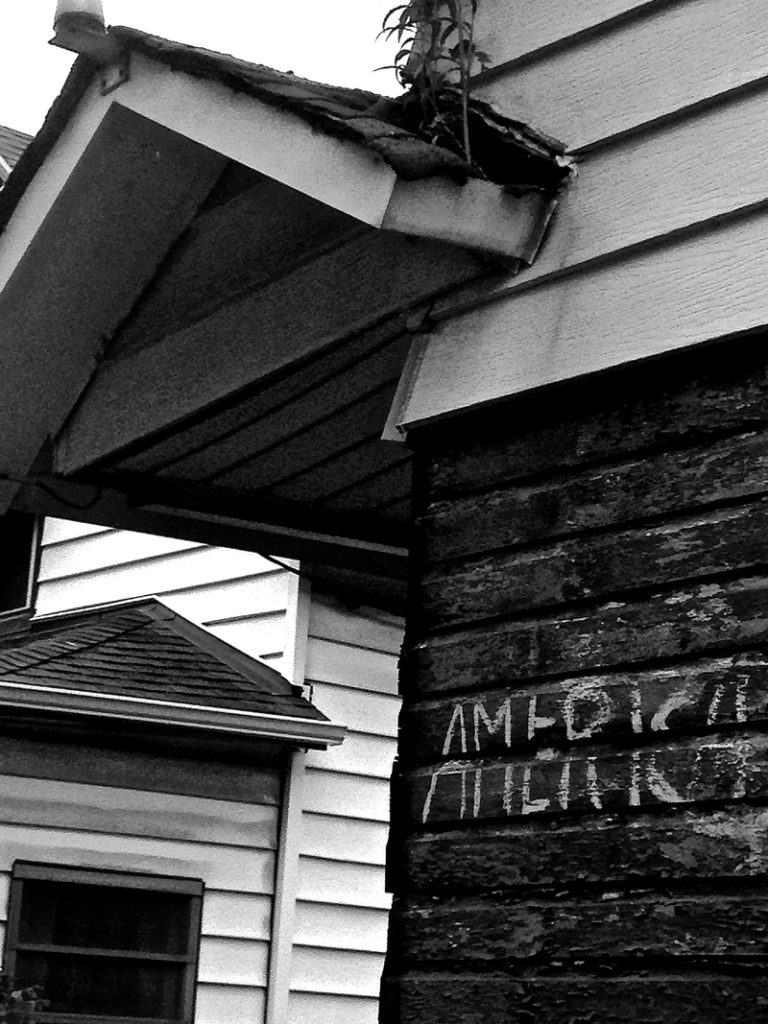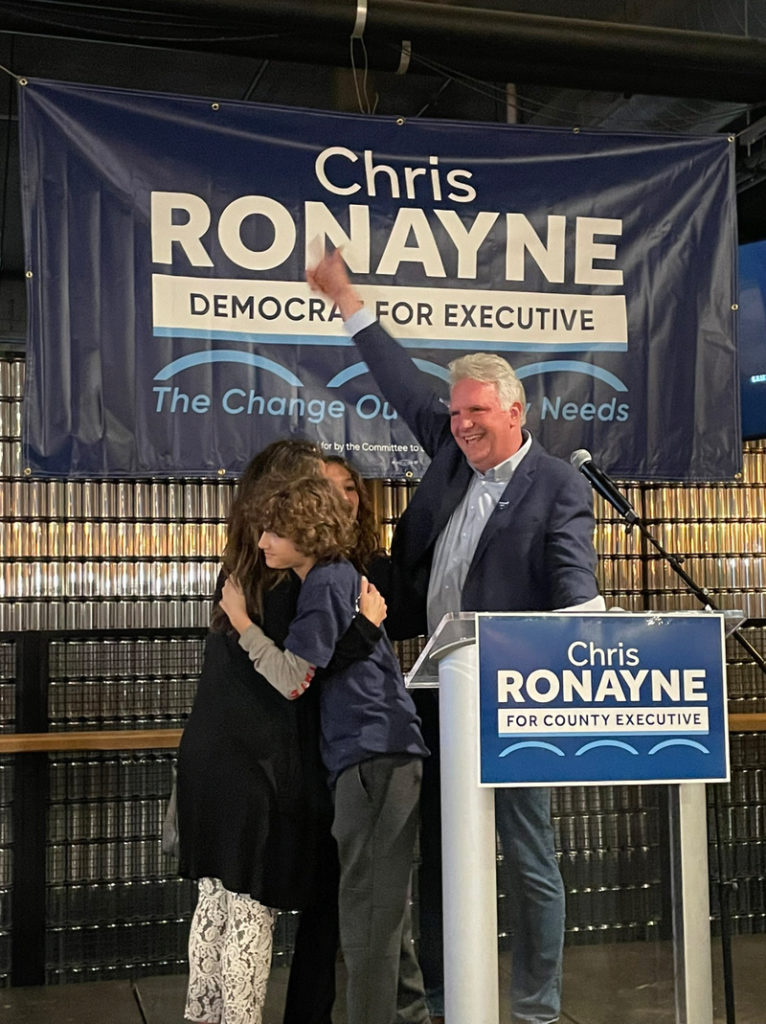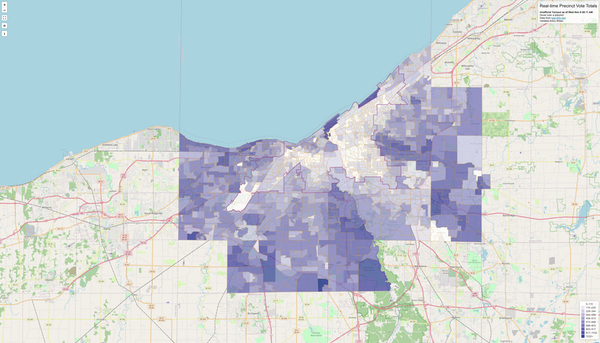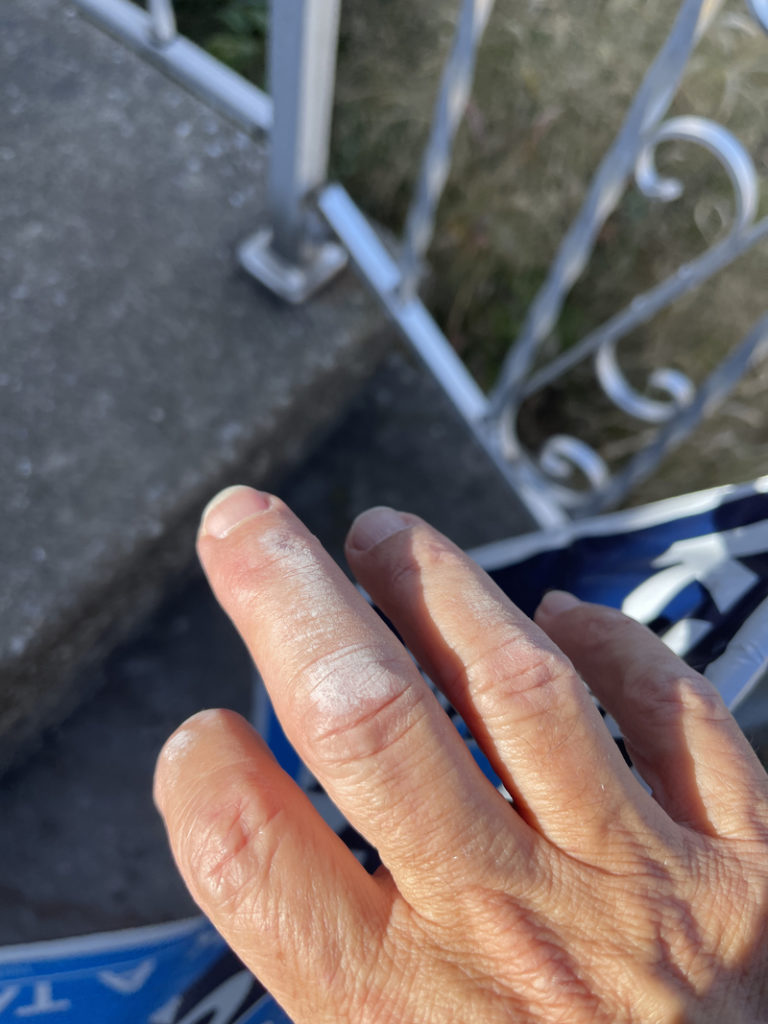
How do you feel today? Some of my friends are worried. Things didn’t go their way. There’s plenty of blame to go around. They are thinking of moving. They can’t believe that their neighbors voted that way. So differently from themselves.
A few of my friends are pleased with a job well done. They worked hard. Their candidates were elected, and their issues were passed. They are tired this morning because they worked so hard yesterday at the polls: handing out lit, delivering lunches to volunteers, planting yard signs into front lawns.
And not just yesterday; they’ve been working all election season: writing postcards, knocking on doors, manning the phone banks. Hitting up their friends and family to help. Opening their homes to volunteers, putting out coffee, seeing new faces everyday. They can feel good that they did their best.

There is so much work to do, and our areas of low voter turnout have more work than others. The political party of your choice could probably use your help. Knocking doors, handing out flyers, may seem boring. But I assure you, it’s anything but.
In fact, it’s absolutely fascinating talking to voters, hearing their stories, answering their questions, listening to their passions. If nothing else, you feel a part of the fabric of your own community. And after a while, you realize that your community really needs you, really needs your voice, really needs your muscle, really needs your ideas.
The big side effect to all this is the compromises you make in the rest of your life to do the hard work of a campaign. And then you realize that you can actually sleep better, you have a clearer vision of the world, and you’re not just hoping against hope that things go your way. You’re helping to push in the right direction. And there’s no substitute for how that makes you feel the next day. And the next election cycle.
If there’s one map that explains it all, it may be this one by Cleveland resident Angelo Trivisonno, which uses real-time voting data shared online by the Cuyahoga County Board of Elections for Cleveland, Ohio and surrounding communities: https://cuyahogavoters.s3.amazonaws.com/map.html.
The same live data can be found on this chart, from the Cuyahoga County Board of Elections, with communities in alpha order.

Of course the first thing most people do is click on their own neighborhood to see what the turnout was there. Then they will try to put that in some context by clicking around to other precincts they are familiar with.
Depending on which precinct you click on, you might see anywhere from a high of 72% down to a low of 6% voter turnout. The lower turnout is in the middle of the donut. In simple terms, this means that some neighborhoods are voting in ten times greater numbers than others. Those are the voters who are being represented.
All of our bigger cities are experiencing the same phenomenon. Yes, we should be pushing to make voting more accessible, safer, easier, faster, more convenient. Reducing gerrymandering. Instituting voting holidays, even compulsory voting. Political scientists generally agree that democracies work better when more people vote.
Highly partisan voters turn out more. Negative campaigning suppresses turnout. Young people are far less likely to vote than older people. Simpler, shorter, multi-party elections see higher turnout. A 2018 study found that while education did not increase turnout on average, it did raise turnout among individuals from low socioeconomic status households.
Over 20 years of research shows that meaningful person-to-person conversation with voters is the most effective way to turn people out to vote. Postcard writing and door knocking are the best way to encourage voting. You find that most screen doors are white, and your knuckles will turn to chalk.

And that’s how we fill the holes of our democracy. When we start thinking about our own communities, our minds will start making up reasons and justifications. We blame social media, we blame voter suppression, we blame our neighbors a few miles away. Eventually, however, we realize that we probably could’ve done more to increase the turnout in our own neighborhood.
And once you have done everything you could possibly have done, if you’ve knocked as many doors as you could knock, if you’ve written as many postcards as you can write, if you’ve pushed and pushed in the right direction for long enough, then you wake up the next day feeling like you know why things are the way they are.
And that’s how we fill the holes, the donut holes, of our Democracy.
COMMENTARY by Thomas Mulready